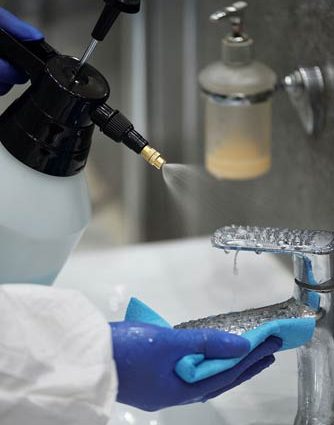Metal restoration, a crucial process for preserving and rejuvenating a wide array of metal items, stands as a testament to the blend of art and science in material preservation. This process is significant not only for household objects that we use daily but also for historical artifacts that carry the legacy of our past. The art of metal restoration is about more than just bringing back the lost shine; it’s about extending the life and stories of metal pieces that hold functional and sentimental value.
However, restoring metals is not without its challenges. Different types of metals, each with unique properties and susceptibilities, demand specific restoration approaches. Whether it’s the corrosion resistance of stainless steel, the tarnish-prone nature of silver, or the oxidation of copper and brass, each metal requires a tailored approach to restoration. This complexity underscores the need for a deep understanding of metallurgy and restoration techniques.
In the forthcoming discussion, we delve into the world of metal restoration, uncovering the effective techniques and tips that can help revive the shine and integrity of various metals. From traditional methods honed over centuries to modern technological advancements in metal care, the conversation aims to provide insights into how both amateurs and professionals can successfully tackle the intricate task of metal restoration, preserving the beauty and functionality of metal objects for future generations.
Understanding Different Metals
Metals like iron, copper, silver, and brass are not just elements on the periodic table; they are the building blocks of many of our most treasured possessions. Each metal comes with its unique properties and challenges. For instance, copper develops a greenish patina over time, while silver is prone to tarnishing. Knowing the type of metal you’re dealing with is the first critical step in the restoration process.
Assessing the Condition
The initial assessment of a metal item is crucial. Look for signs of rust, tarnish, corrosion, and other forms of damage. This step determines the restoration method you’ll use. In some cases, particularly where significant damage or historical value is concerned, professional restoration services may be the best course of action.
Cleaning and Polishing Basics
Cleaning and polishing are the cornerstones of metal restoration. You can use everyday household items like baking soda or commercial products designed for metal care. Here’s a basic guide to cleaning and polishing:
- Gently clean the surface with a soft cloth to remove any loose dirt.
- Prepare a cleaning solution suitable for the metal type.
- Use a soft brush or cloth to apply the solution, working in small sections.
- Rinse with water (if appropriate for the metal) and dry thoroughly.
- Polish with a suitable polish, following the grain of the metal.
Advanced Restoration Techniques
For more severe cases, such as deep-seated rust or damaged patina, advanced restoration techniques like electrolysis may be necessary. These methods require specific tools and a higher level of care and safety precautions. It’s crucial to understand the risks and required skills before attempting these techniques.
Preventing Future Damage
After restoring a metal item, protecting it from future damage is essential. Proper storage, regular maintenance, and environmental considerations play a significant role in preserving the metal’s condition. Applying protective coatings and establishing a regular cleaning schedule can significantly extend the life and beauty of the restored item.
DIY vs. Professional Restoration
While many metal restoration projects are suitable for DIY, there are scenarios where professional expertise is invaluable. Professional restorers can tackle complex issues and provide advice on preserving historical integrity. When choosing a restoration specialist, look for someone with a proven track record and respect for the material’s history.
The Art of Patina and Aesthetic Considerations
Patina, the natural aging process of metals, often adds to an item’s aesthetic and historical value. The restoration or preservation of patina is a delicate balance between retaining the item’s character and ensuring its longevity. Examples of well-executed patina restoration can offer inspiration and guidance.
Conclusion
Restoring metal items to their original shine is a rewarding process that blends art, science, and a bit of history. It’s about striking a balance between effective restoration techniques and preserving the metal’s integrity and history. Approach each project with patience, care, and respect for the material’s unique properties and story. Whether you’re a DIY enthusiast or seeking professional help, the journey of bringing metal back to life is a testament to the enduring beauty and resilience of these materials.

